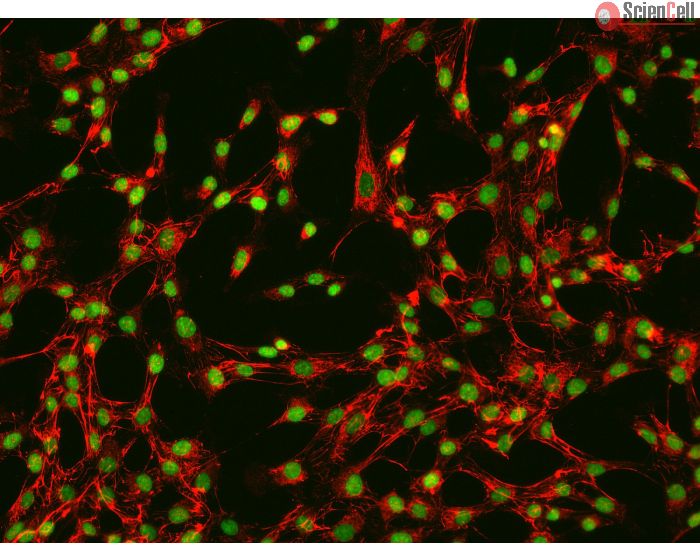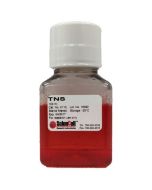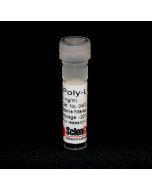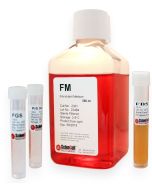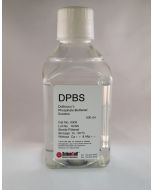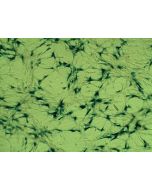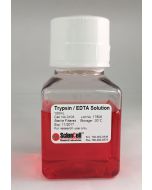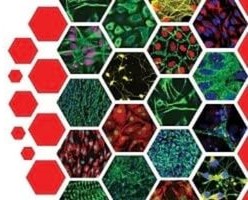Human Rectal Fibroblasts
Catalog No.
2960
Isolated from human rectum. HRecF are cryopreserved at passage one and delivered frozen. Each vial contains >5 x 105 cells in 1 ml volume. It is recommended to use Fibroblast Medium (FM, Cat. #2301) for culturing HRecF in vitro.
$762.00
In Stock
Related Products
Check items to add to the cart or
